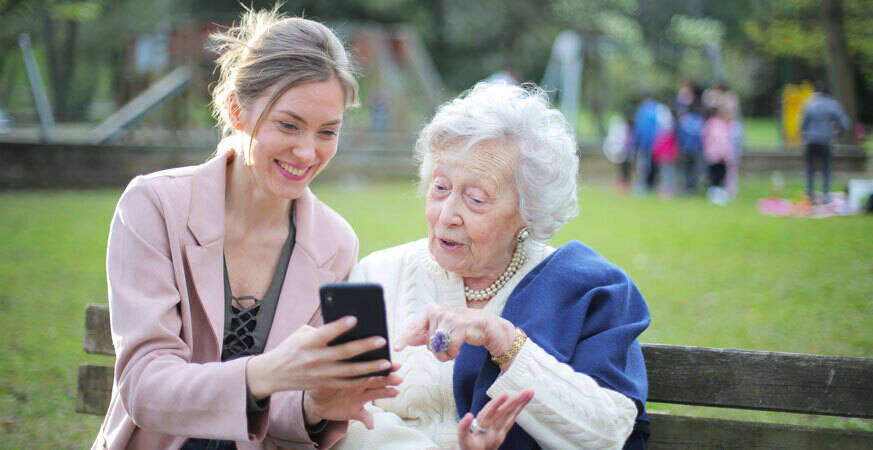
With 20% of women and 7% of men experiencing migraines, this common medical condition is prolific. The most common symptom of a migraine is a migraine headache, typically experienced on one side of the head. The frequency and strength of migraine headaches differ considerably from person to person, ranging from moderate to severe pain over 4 to 72 hours. One of the elements of a migraine that differentiate them from regular headaches is the additional symptoms often experienced in the prodrome and aura phases: nausea, vomiting, hallucinations and sensitivity to light and sound amongst others.
Although there is no known method of curing migraines, there are several approaches to limiting the severity of symptoms and reducing their frequency. Migraine medication is a proven method of treating migraines, but there are alternative and complementary methods that may also offer pain relief.
Natural Remedies
There are a plethora of hoax ‘home remedies’ for migraines online that have little to no scientific backing, however there are a handful of simple natural remedies that are proven to help reduce the symptoms.
Ginger is able to ease nausea, including that experienced with a migraine. A study into ginger powder supplements found that they reduced both migraine severity and duration, with many comparing the effects to that of the popular migraine treatments Sumatriptan and Imigran. Magnesium deficiency is closely linked to headaches and migraines, and supplementing your diet with magnesium oxide has been shown to help prevent migraines with auras. One study found that 15 minutes of inhaling lavender oil during a migraine attack will relieve a migraine quicker than inhaling a placebo [1].
Transcutaneous Electrical Nerve Stimulation
Devices that create transcutaneous electrical nerve stimulation (TENS) send small electrical currents to targeting parts of the body. In the treatment of migraines, electrical signals are passed through adhesive pads that are typically applied to the forehead, temples or back of the neck and upper back. This method of treatment can result in instant and/or prolonged pain relief. Many TENS devices also have options for varying the intensity of the treatment, depending on severity of the migraine symptoms and which phase of the migraine it’s used during. The Mynd Migraine Relief device is a wearable TENS device specifically designed for preventing and treating pain caused by migraines. You can read a review by Sarah Cahill of the Mynd device, and browse more TENS devices by visiting TensCare.
Acupuncture
This form of traditional Chinese treatment has a long history in medicine, and involves the insertion of very fine needles into the skin at various key points on the body. These points are said to line up with the flow of Qi through the body, and acupuncture is believed to allow for the free flow of qi, reducing illness. Research demonstrates a definitive improvement in people across many different conditions following acupuncture, however placebo is thought to heavily contribute to its effectiveness.
A variation of acupuncture is the less invasive acupressure, whereby pressure is applied with the hands and fingers to specific points on the body. Studies have found that this practice is a credible alternative therapy for those suffering from migraines, and can help relieve migraine-associated nausea [2].
Electromyographic (EMG) Biofeedback
Biofeedback is a method of relaxation whereby electrodes are placed on the skin and measure muscle tension, temperature, brain activity and other body signals. Through observing these signals, you can learn to relax certain muscles and reduce your stress, relieving headaches and migraines in some people.
Stress Management
Stress is the most commonly reported trigger of migraines amongst sufferers, even more frequent than dehydration! Anxiety, pressure or unhappiness in your life can play on one's mind, causing stress that has a very real physiological response, one of which being headaches and migraines. To eliminate, or at least reduce, this contributing factor, participate in the regular practice of stress-reducing activities such as meditation, deep breathing and yoga. These are all great methods of unwinding, connecting with your body and activating the parasympathetic nervous system. Additionally, to help cope with stress, take some time to identify the elements of your daily life that trigger a stress response, and try to limit their impact.